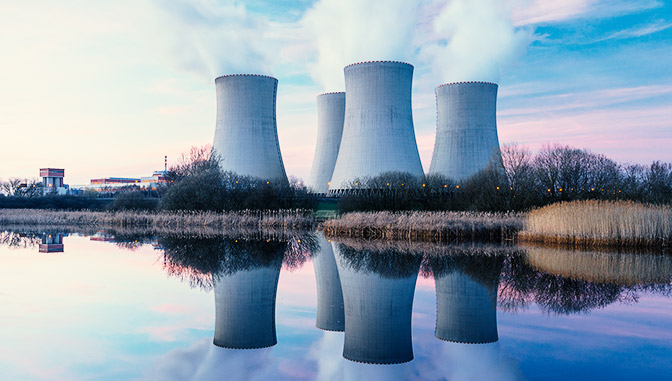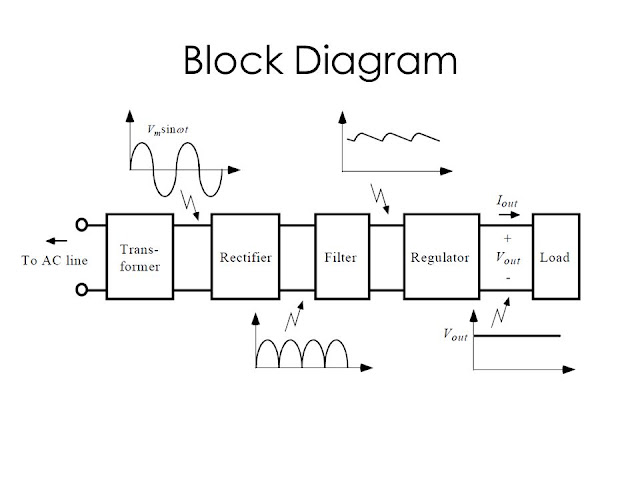Nuclear Engineering | Ep:03 | Engineering Future Series | Engineering with Ibraheem
Greeting and Welcome to Engineering Future, an exclusive Engineering and Technology series on Engineering with Ibraheem, a podcast brought to you by S.M. Ibraheem.
Today I brought 3rd episode on Nuclear Engineering at the request of one of my listeners. Now when we talk about nuclear what is the main thing that comes to our minds. Weapons of mass destruction, wars, nukes, and power. plutonium, uranium, radioactivity etc, But actually nuclear engineering is a much bigger and positive field than we know.
Nuclear engineering provides us with clean energy and I mean electricity with no greenhouse gasses the only waste that we get is nuclear radioactive waste.
Okay, let's discuss Nuclear Weapons. Only 9 countries on the planet have the nuclear weapons with Russia & United States having most of them. NPT (Nuclear Non- Proliferation Treaty) is Nuclear Peace Treaty signed by 191 countries to prevent and spread nuclear weapons, Pakistan, India, Israel, & South Sudan have never joined this treaty.
"Making such a tough content on engineering is not easy as it takes a lot of time and research. Your little support of $1 on Patreon, will keep me motivated to produce this show. The S.M Ibraheem Official Patreon link is available in the description."
Now can we test nuclear weapons without letting any other country know about it? No today there are monitors everywhere on the ground, oceans, space, and even inside the earth. So when you try to test a weapon you will be noted in seconds by the other countries which will be chaotic.
We discussed nuclear weapons but what about nuclear energy. Many countries like Japan have the nuclear technology but they use it for clean purposes either for the creation of energy. Nuclear energy is clean as it does not emit CO2 or other greenhouse gases. This clean energy is created in the nuclear reactors where Uranium 238 is used to convert cold water into hot steam. This is then used to run turbines and vola you have electricity. Pretty clean right.
Nuclear reactions. In nature, there are two different types of nuclear reaction
1. Fission Reaction.
2. Fusion Reaction.
In fission, a nucleus of an atom that contains protons and neutrons splits into two smaller nuclei with the release of Gamma Photos and mass-energy. This technique is used in nuclear reactors and nuclear bombs. How is it possible that from the same type of reaction we get destruction on one side and useful energy on the other? During fission reaction when a neutron is bombarded on the Uranium 235. It splits into two atoms with the release of a huge amount of energy. When this reaction is performed in a controlled manner in a nuclear reactor, electricity is produced but when it occurs in an uncontrolled way it triggers a chain reaction in a nuclear bomb that causes mass destruction.
The case of the fusion reaction is a little different. You might have heard that fission is needed to trigger a fusion reaction. which is an explosion of an Atomic bomb to start a fusion reaction. During fusion reaction two smaller nuclei or atoms fuss into each other creating a heavy nucleus or atom and thus creating a huge amount of energy in comparison to fission reaction. Energy required to fuse atoms is massive so it can only be provided through fission reaction.
It is this fusion reaction that is happening inside of all stars in our galaxy and in our sun. During fusion reaction two hydrogen atoms fuse and form a helium atom in the core of our sun and stars.
Scientific fields like Quantum Mechanics, Particle Physics, Nuclear Physics, Astrophysics, and Cosmology explain in detail these cosmological reactions in extreme detail. That's it for today.
Please follow, subscribe, share and support this podcast on Patreon for the amazing content on technology.
The links are available in the description
***************
Website Links
***************
- Patreon: https://patreon.com/smibraheemofficial
- Official Website https://sibraheem.editorx.io/smib
- Blog: https://educationalflix.blogspot.com
- Red Circle: Engineering with Ibraheem | RedCircle
- Radio Public: Engineering with Ibraheem (radiopublic.com)
- Spotify: Spotify – Web Player
- Google Podcast: Engineering with Ibraheem (google.com)




Comments
Post a Comment